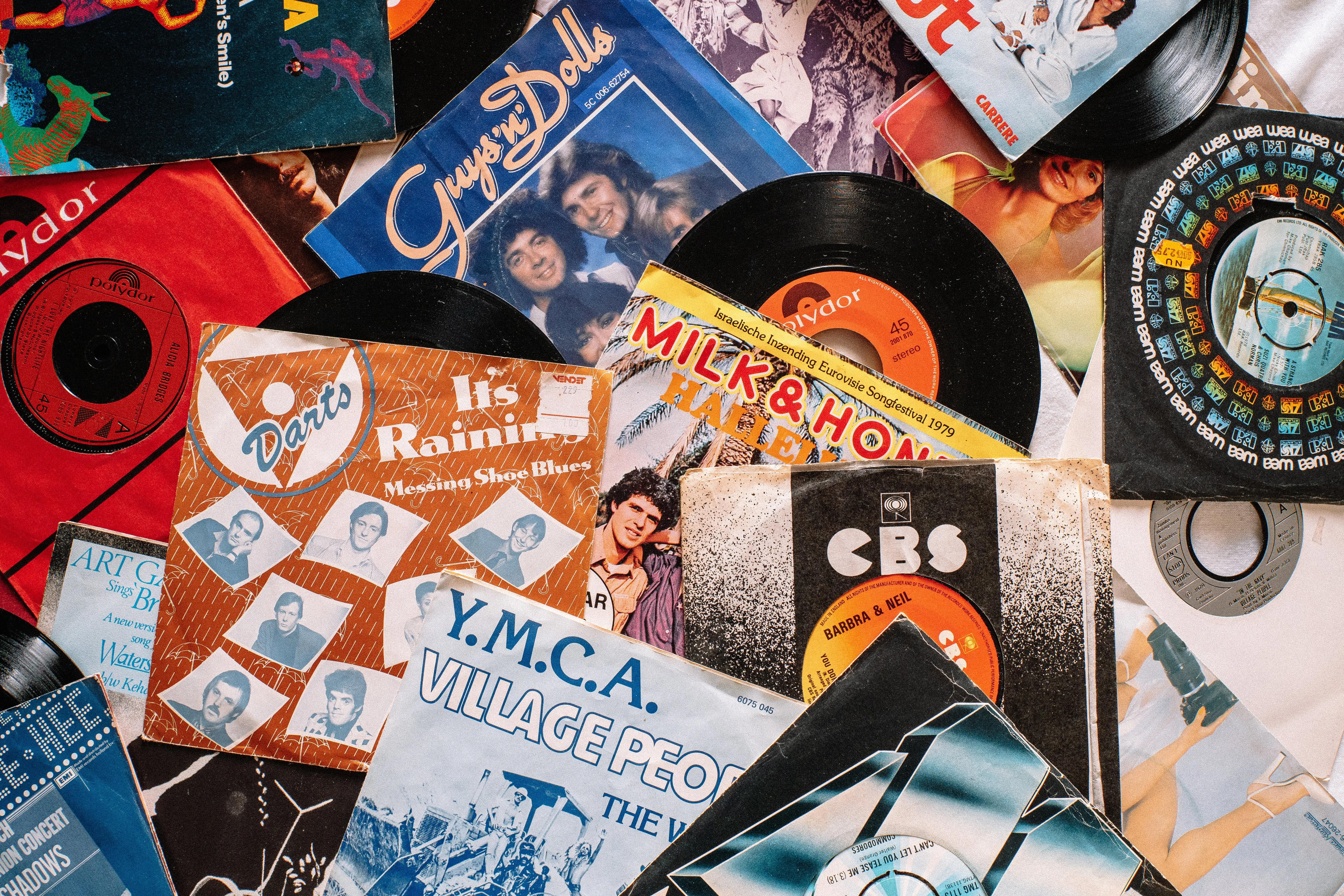Western music is created on ordinarily acknowledged standards for tuning. These arrangements created over a period of time give artists the capacity to play together. The essential role of music was outwardly religious (Daniel, 2017). Other musically portrayed events in both written and pictures were rousing instigations to military enthusiasm, alleviating backups to collective or single work, revitalizing background to communal gatherings that elaborate either dancing or singing.
Non-western music cultures include the Indian, African and Mexican cultures. Indian art music: Music holds a locus of power in Indian culture: in the conservative style, music is often symbolized as ‘the food of the spirit’ (Trehub et al., 2015). It signifies India’s unique variety in social, religious, and linguistic terms and exemplifies the historic waves that have molded its present-day diversity. Music penetrates all parts of social life in India: singing and dancing possess an apparent job in the home, in the city, at the sanctuary, at get-togethers, and in merry festivals.
Art music from Africa: In Africa, music is a social activity that involves almost every member of the communities. Music has African characteristics, with various behaviors linked by a song. Music is used to commemorate various significant events, whether they are religious or not, a birth, a marriage, a formal soul-changing experience, and tunes describing history. Thus, music is often performed outside, on the streets, yards, or town squares (Kubik et al., 2016 ). Most music is remitted orally, not written.
Mexican music: Music is an important component of Mexican culture and is always a festival component, no matter how big or small (Trehub et al., 2015). Mexico’s music, among other things, is mainly about legends, affection, passion, country, persecution, and history. Music was a declaration of Mexican patriotism, starting in the nineteenth century up to date.
Michael Bakan, the author of world music traditions and transformations view of music, is that it is dynamic and evolves as culture changes(Bakan,2007). The author, clearly avoiding dwelling much on Western culture, incorporates all cultures in the book. The outstanding similarity between the author’s view, western culture, and non -western cultures is that music is used on occasions, especially religious and celebrations, accompanied by dancing. The major difference is that non-western culture music is improvised and orally transmitted, unlike western culture that has defined standards followed by all musicians. Also, western music is written using notational codes.
References
Bakan, M. (2007). World music: Traditions and transformations. McGraw-Hill Higher Education.
Trehub, S. E., Becker, J., & Morley, I. (2015). Cross-cultural perspectives on music and musicality. Philosophical Transactions of the Royal Society B: Biological Sciences, 370(1664), 20140096.
Daniel, R. Thomas (2017). Western music. Encyclopedia Britannica. https://www.britannica.com/art/Western-music
Kubik, G., Robotham,. Donald Keith (2016, April 8). African music. Encyclopedia Britannica. https://www.britannica.com/art/African-music








